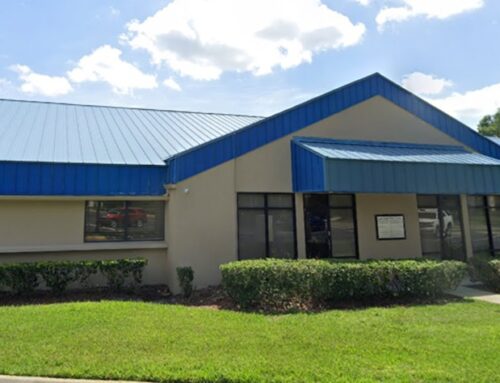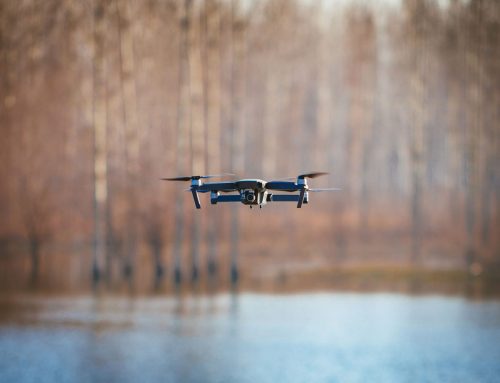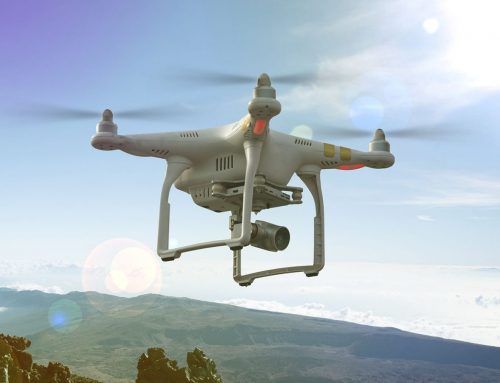Through the lens…
Florida Film & Tape News • November, 2017
TThe 4k conundrum. A couple of short years ago the buzz was all about 3d. Now, there’s lots of noise about 4k (and 5k, 6k and 8k). I don’t work on feature films so we can avoid that discussion, which is a no-brainer for the larger formats. Every couple of years I have the opportunity to shoot for a large screen, in a museum or at a trade show. In those situations I strongly believe that bigger is better for the presentation, therefore bigger is better for the acquisition and editing phases. But 90{683a4ff5aea1cd78c20ae68f4c9779a506fa36e1d5faac2e727cf7f9785f5434} of my work is for “small screen”. That’s a bit broad these days, from a 3” I-Phone to a 60’ flat screen, but generally speaking, what I shoot is going to be seen in a home or a conference room on a home-sized flat screen, or smaller. Except for the ability to move around within the frame for reframing, repositioning or removing shake and vibration, 4k is usually not worth the time and expense for me. I’m much more concerned about mobility, color and dynamic range, as long as my 2k is properly lensed and focused, than I am about the number of pixels. Complicating the issue is that the wave of smaller 4k cameras seem to negate those concerns, but the reality is that most full-function 4k cameras are both big and expensive. When I feel the need to shoot 4k with my Lumix GH4 or Panasonic DVX 200, I usually choose UHD over full 4k because I like 30 fps better than 24 fps for the kinds of shooting I usually do (that’s another blog!). I had a discussion with a to-be-unnamed potential client in the marine industry that insisted that his footage all be acquired on RED at 4k because the production company hard mounted their tripods and heads to the bouncing, vibrating photoboat for running shots; they needed 4k just to get a reasonable image after they moved in enough to eliminate the camera issues. I think it was my suggestion to just shoot it the right way in the first place that got me out the front door, post haste!
But to first contradict myself, then summarize: I do like the idea of both a MED and a CU being shot at the same time with the same camera, and, admittedly, it’s getting easier every day to accomplish 4k field acquisition without a truckload, or at least a Magliner load, of outboard gear. And, like the age-old argument for 35mm film, archiving in the most universal and advanced format almost always has value. And now, the but; when you match the equipment to the mission, which often gets lost (particularly on newbies), you’ll find, like I have, that 1080 HD is perfectly sufficient for most of your productions and will keep costs considerably lower and post flow more manageable. The majority of the networks broadcast in 720p anyway! Bandwidth is the issue with larger files on the web, which is of course resolving itself, so a high-quality image at 1080 or even 720 is often the better choice.
All that being said, I recently shot a commercial with the Panasonic Varicam LT, mostly because there were graphics involved, and I’m in the midst of re-shooting a client’s 1080 24p video in a 4k 30p format, and, so I’m not locked in my ways. But this particular aviation project is visually stunning, and is intended for trade shows, so 4k it is! See? Old guys can learn new tricks!








Get Social